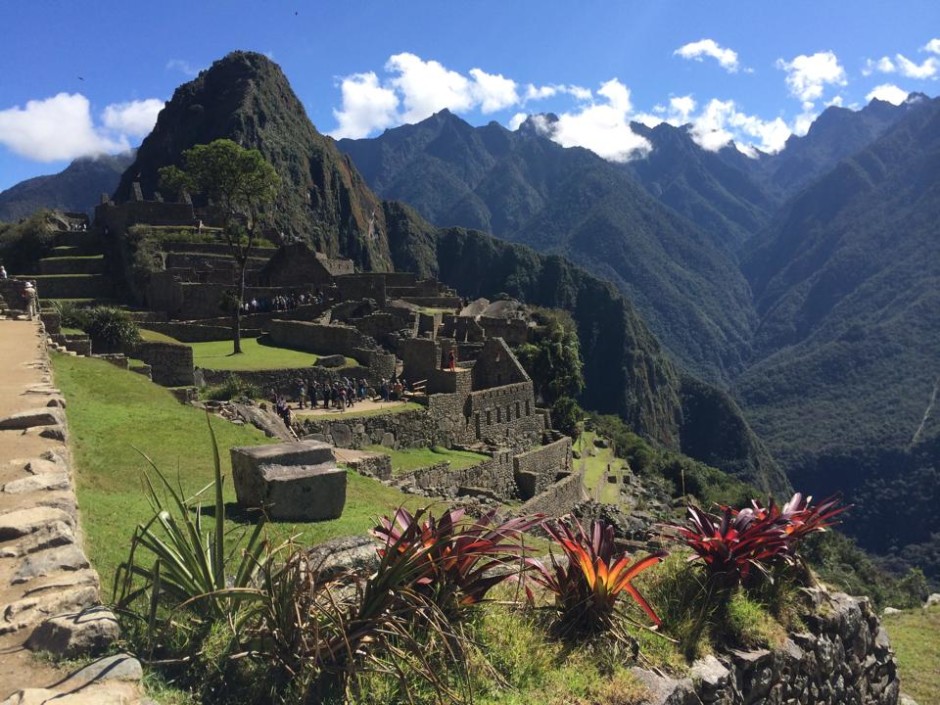From an op-ed published this summer in the New York Times:
Sending all this wild fish abroad and then importing farmed fish to replace it is enough to make you want to take a stiff drink and go to bed. But when you wake up and reach for your bagel, surprise! The fish swap will get you again.
The United States imports seafood in increasing numbers, even for salmon, which it has in abundance.
…
The prevalence of imported farmed salmon on our bagels is doubly curious because the United States possesses all the wild salmon it could possibly need. Five species of Pacific salmon return to Alaskan rivers every year, generating several hundred million pounds of fish flesh every year. Where does it all go?
Again, abroad. Increasingly to Asia. Alaska, by far our biggest fish-producing state, exports around three-quarters of its salmon.
To make things triply strange, a portion of that salmon, after heading across the Pacific, returns to us: Because foreign labor is so cheap, many Alaskan salmon are caught in American waters, frozen, defrosted in Asia, filleted and boned, refrozen and sent back to us. Pollock also make this Asian round trip, as do squid — and who knows what else?
When you dig into the fish-trade data, things get murkier. In its 2012 summary of the international fish trade, the National Oceanic and Atmospheric Administration noted, somewhat bizarrely, that its definition of exports “may include merchandise of both domestic and foreign origin.”
So, for example, when fish sticks are cut from blocks of imported “white fish” in an American facility and exported to a foreign country, they are classified as American domestic production. Meanwhile some of our imports, as with an unknowable portion of our salmon, are taken from American waters, reprocessed elsewhere and brought back home. …
And that’s my point. Globalization, that unseen force that supposedly eliminates inefficiencies through the magic of trade, has radically disconnected us from our seafood supply.
